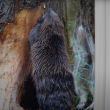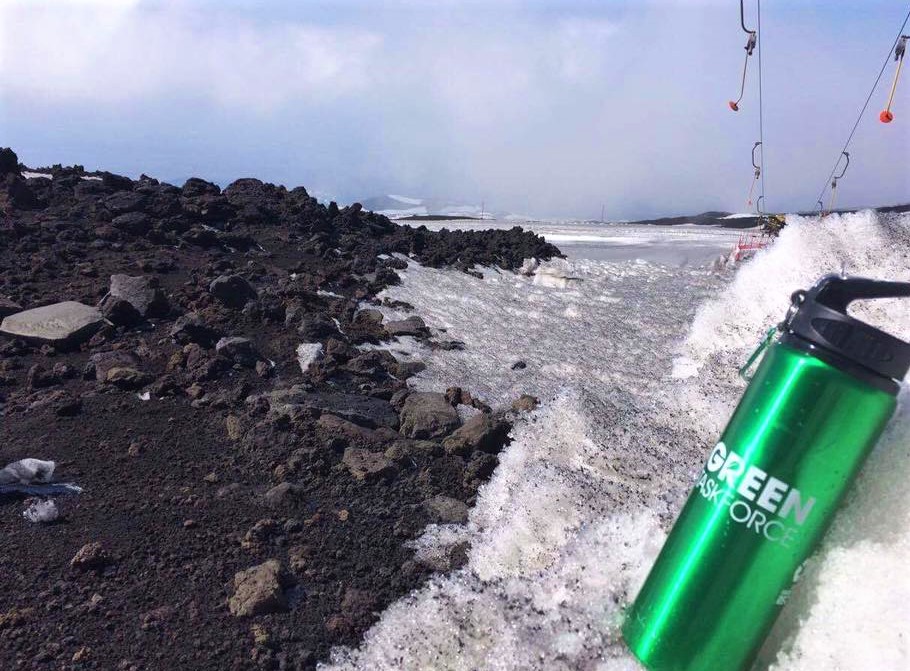1. The power of silk
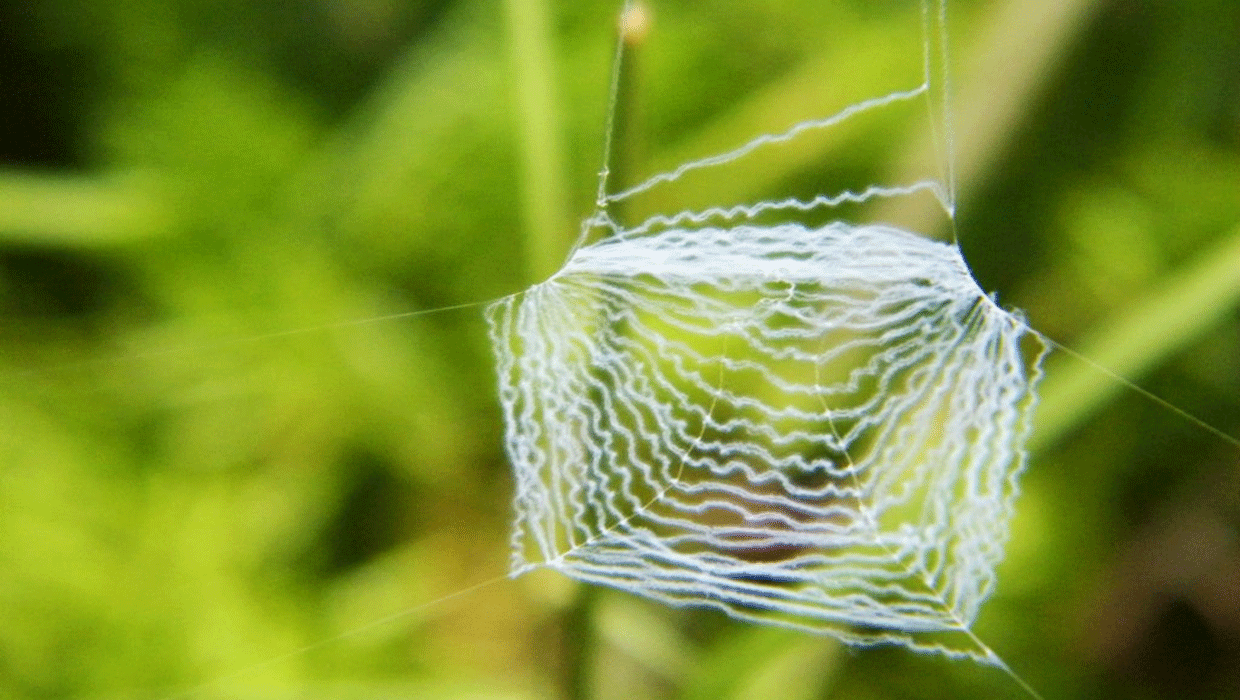
If you ever wondered how Spiderman jumps from building to building relying only on his web, then hold your breath and rediscover the power of spider silk. Researchers from the North Carolina Museum of Natural Sciences claim that spider silk is five times stronger than steel. A one-inch thick piece could stop a fighter jet. Having this powerful weapon means that spiders can support their own weight quite easily.
2. Fly “like a bird”
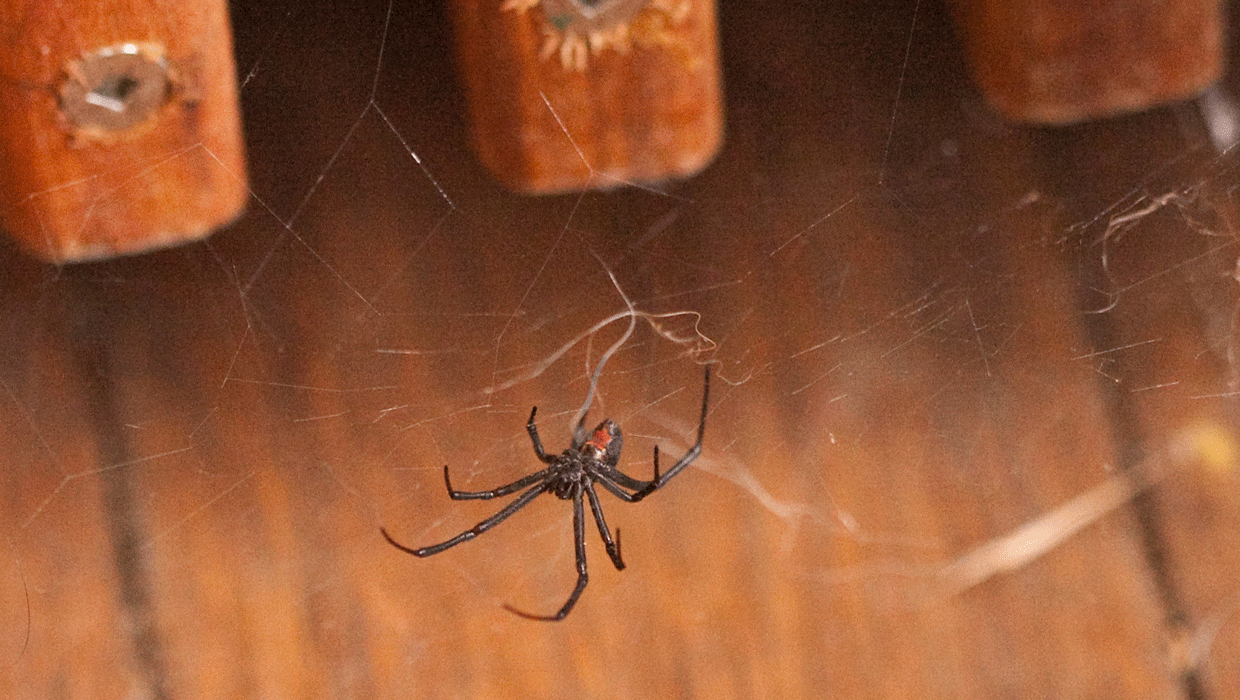
Who says that spiders can’t enjoy themselves and spend all their time stuck in one place? Sara Goodacre, a professor at the University of Nottingham’s ‘SpiderLab‘, explains that spiders have the ability to fly through the air using silk as a sail – a behaviour called ballooning. Some individuals potentially travel many kilometres a day, and might even be able to cross countries. It might sound like fun, but this is also an incredibly risky endeavor due to their inability to control where and when to land.
3. Swimsuit not needed
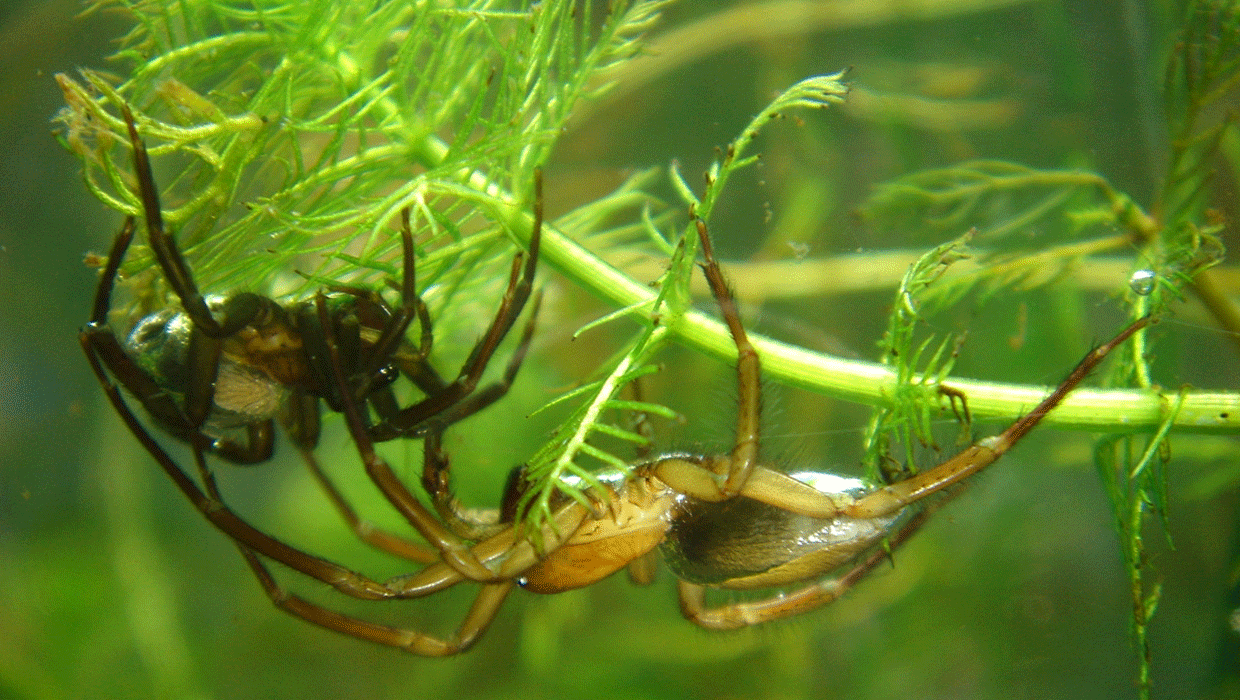
It is scientifically proven that the “diving bell spider” can stay under water for longer than a day. They use their silk to spin a container, in which they store air bubbles dragged down from the surface. According to spider experts Roger Seymour and Stefan Hetz’s thorough research the diving bell spider uses the bubble like a gill, extracting oxygen from the water. They only need to venture to the surface once a day to top up their air supply.
4. Wannabe astronaut
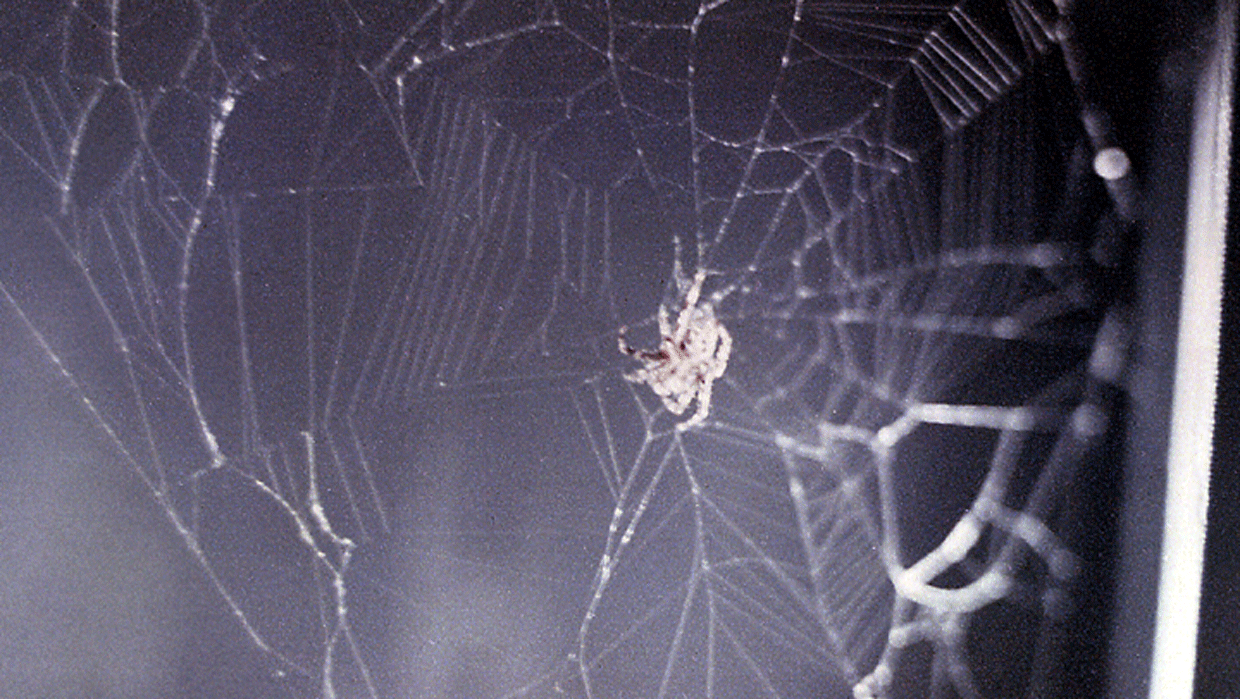
NASA have been doing research to test spiders’ ability to make webs in low gravity. A spider sent to space, nicknamed Nefertiti, adjusted easily to conditions and managed to catch some flies in the habitat created for her in the orbiting laboratory on-board the International Space Station. Although Nefertiti couldn’t jump on her own prey, she managed to master the skill of sidling along the web. Sadly, the spider “astronaut” died of natural causes.
5. Ghost story
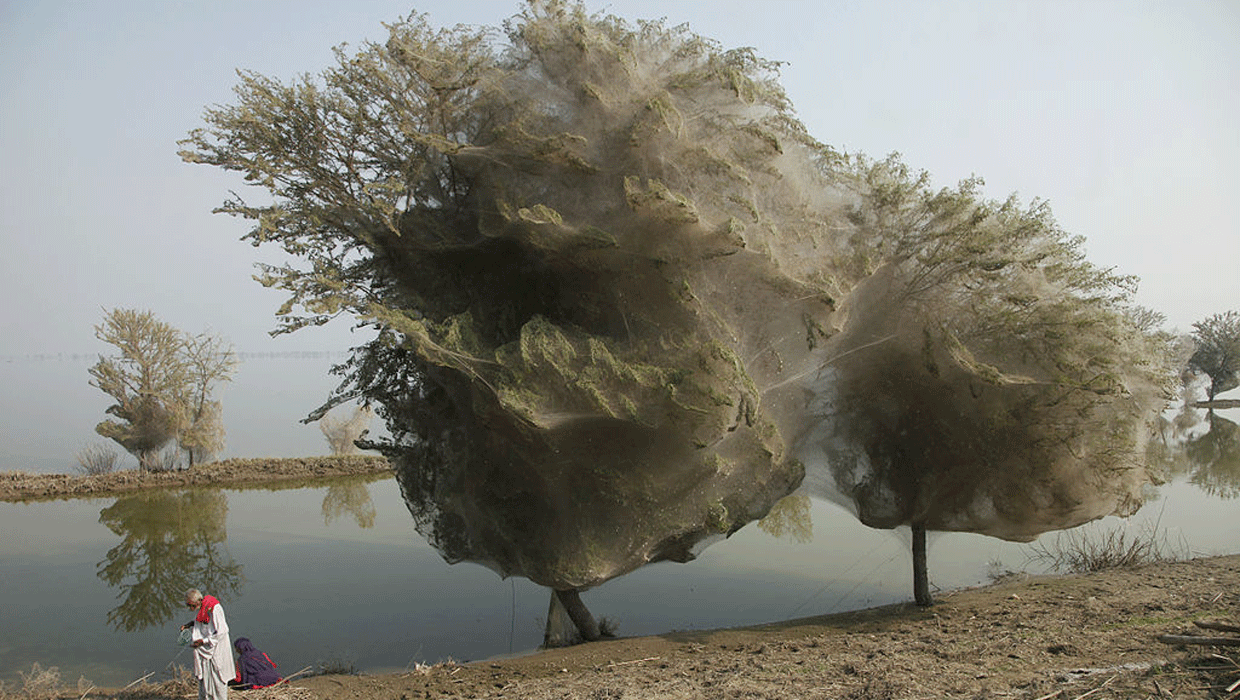
Pakistani people in Sindh, in the south east of the country, will always remember 2011 as a spidery ghost year. After severe flooding hit the area, locals were shocked when they found trees along the river banks entirely covered in spiders webs. Like soldiers protecting and fighting for their homes, millions of spiders had crawled into the safety of the trees to escape the rising flood waters, creating a veritable cocoon of webbing around the foliage.
6. Not all spiders spin webs
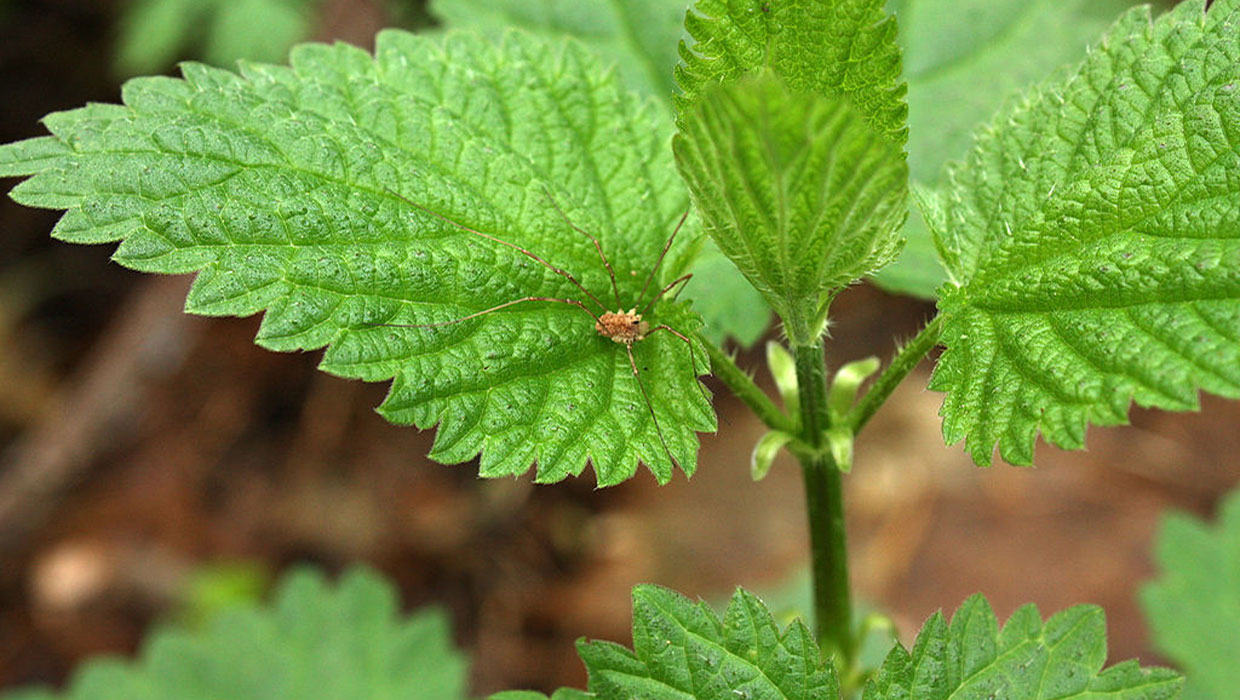
People often associate spiders with their special weapon: “the web”. Interestingly enough not all species produce webs. A great example is the Wolf spider, which normally stalk and attack their prey, without using any web. Jumping spiders do not need web either because they rely on their remarkably good eyesight and fast moves.


